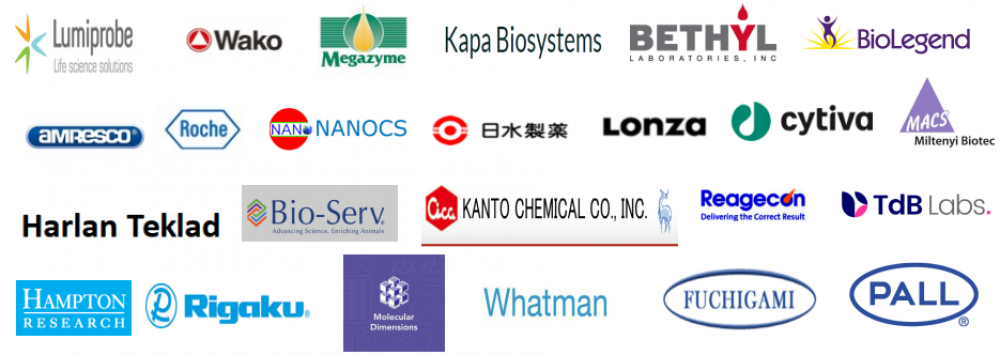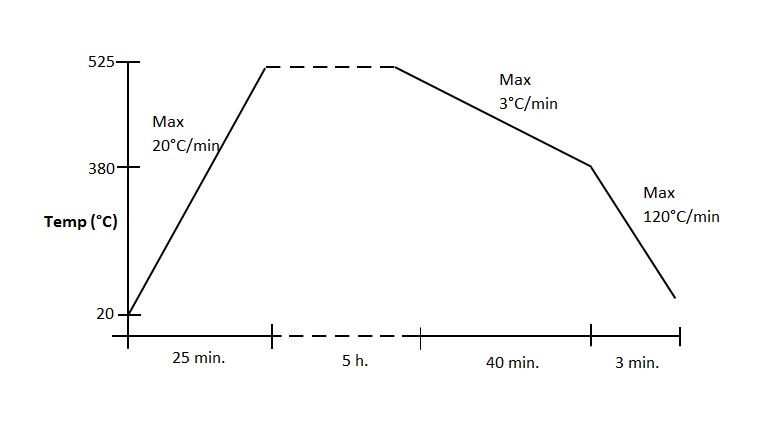Megazyme木二糖[木乙糖][纯度>95%]
上海金畔生物科技有限公司
品牌:Megazyme
英文名:Xylobiose – 50mg
货号:O-XBI
规格:50 mg
CAS: 6860-47-5
Molecular Formula: C10H18O9
Molecular Weight: 282.2
Purity: > 90%
High purity Xylobiose for use in research, biochemical enzyme assays and in vitro diagnostic analysis.
Megazyme产品所有分类:
生物及食品酶法试剂盒(Assay Kits)
膳食纤维/淀粉(Dietary Fiber/Starch) 单/双糖(Mono/Disaccharides) 多糖(Polysaccharides) 醇类(Alcohols) 有机酸(Organic Acids) 亚硫酸盐/氮(Sulfite/Nitrogen) 活性酶(Enzyme Activity) 试剂混合物(Reagent Mixtures) 其它(Other)
酶(Enzymes)
活性酶(Carbohydrate Active enZYmes )
淀粉酶(Amylases )
阿拉伯树胶酸(Arabinanases)
阿拉伯呋喃(Arabinofuranosidases)
纤维二糖水解(Cellobiohydrolases)
纤维素酶(Cellulases)
酯酶(Esterases)
果糖酶&果糖苷酶(Fructanases & Fructosidases)
岩藻糖苷酶(Fucosidases)
半乳聚糖酶(Galactanases)
半乳糖苷酶(Galactosidases)
葡聚糖酶(Glucanases)
葡萄糖苷酶(Glucosidases)
葡糖醛酸糖苷(Glucuronidases)
已糖胺酶类(Hexosaminidiases)
裂解酶(Lyases)
甘露聚糖酶(Mannanases)
甘露糖苷酶(Mannosidases)
支链淀粉酶(Pullulanases)
唾液酸酶(Sialidases)
木聚糖酶(Xylanases)
糖苷酶(Xylosidases)
木葡聚糖酶(Xyloglucanases)
多聚半乳糖醛酸(内切)酶(Polygalacturonases)
其它酶(Other Activities)
分析酶(Analytical Enzymes)
脱氢酶(Dehydrogenases)
异构酶(Isomerases)
激酶(Kinases)
磷酸酶(Phosphatases)
蛋白酶(Proteases)
其他活性酶(Other Activities)
糖类活性酶(Glycobiology Enzymes)
酶底物( Chromogenic Substra

